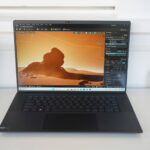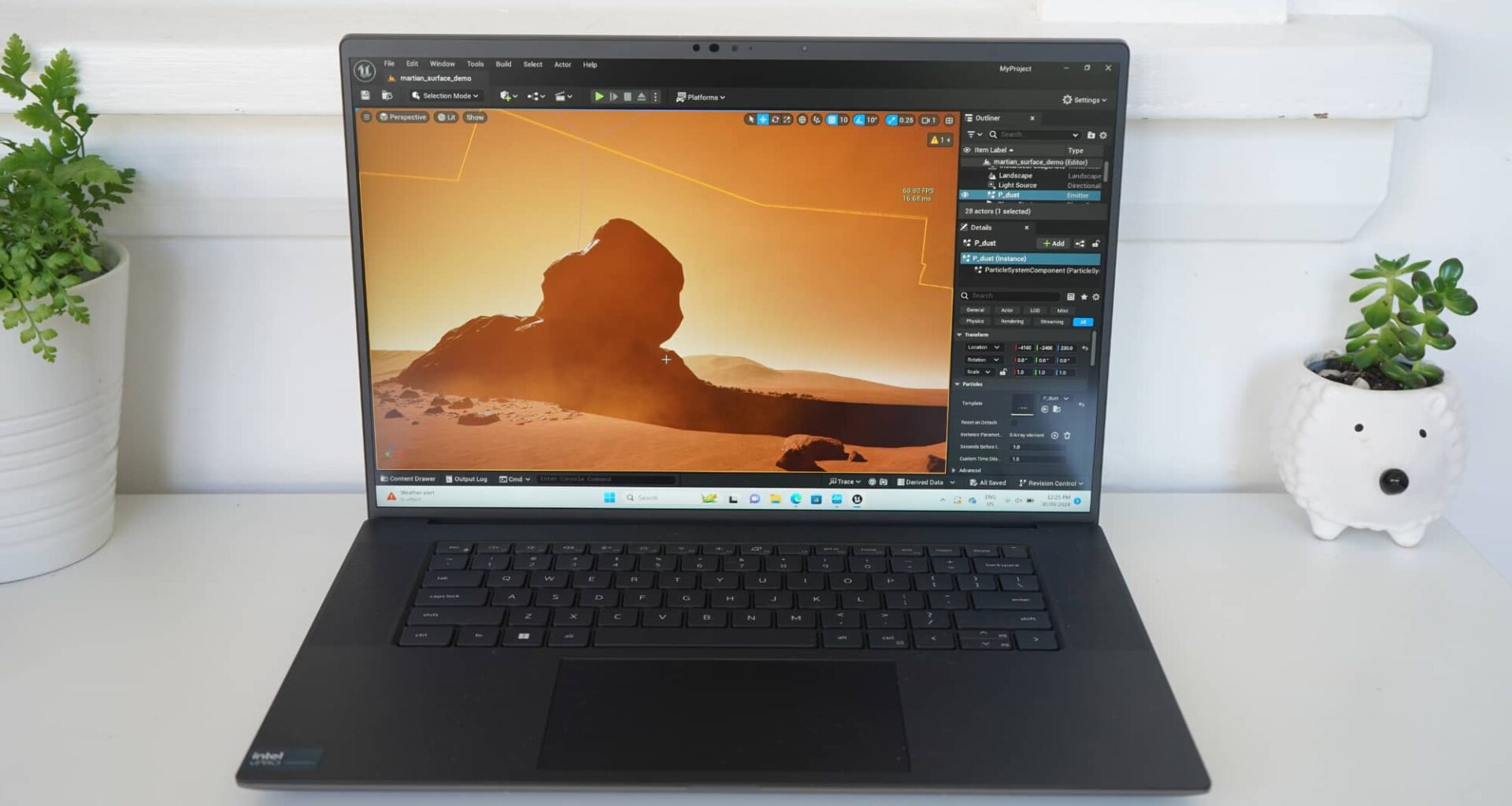Quick review
The good
The not-so-good
Gamers need power, but so do people working in 3D, in data, in visualisations, and more. That’s where the Dell Precision 5690 plays, arriving with plenty of power and a price tag to match.
Design
A laptop that won’t exactly win the same sort of design kudos of its XPS sibling, the Dell Precision 5690 is a little more normal and standard than other Dell models.
It is definitely a laptop, and one that exudes a very laptop-y feel. We’re clearly not mincing words about its look — silver and black and professional enough — but it’s clearly not built from the design labs that grab impressive looks like other models.
Made with an aluminum lid and plastic bottom, you won’t find people staring at your sexy laptop here, because it’s not one of those.
The Dell Precision 5690 is functional and looks that way.

Features
Going by the specs, the system is also entirely functional, as well. Classed as a workstation, the specs pretty much scream high-end, but high-end made for data, 3D, and other workstation applications.
As such, you’ll find this year’s equivalent of the Core i7, the Intel Core Ultra 7 165H, albeit the vPro Enterprise edition, sporting 16 cores and 22 threads.
That’s accompanied by 32GB RAM and 1TB storage standard, as well as Windows 11 Pro and a hefty workstation-grade graphics chip, the Nvidia RTX 1000 Ada with 6GB RAM. Depending on how much graphical grunt you need, the RTX can be configured with more costly options, including a Ada 2000, 3500, 4000, all the way up to an Nvidia RTX 5000 Ada with 16GB RAM.
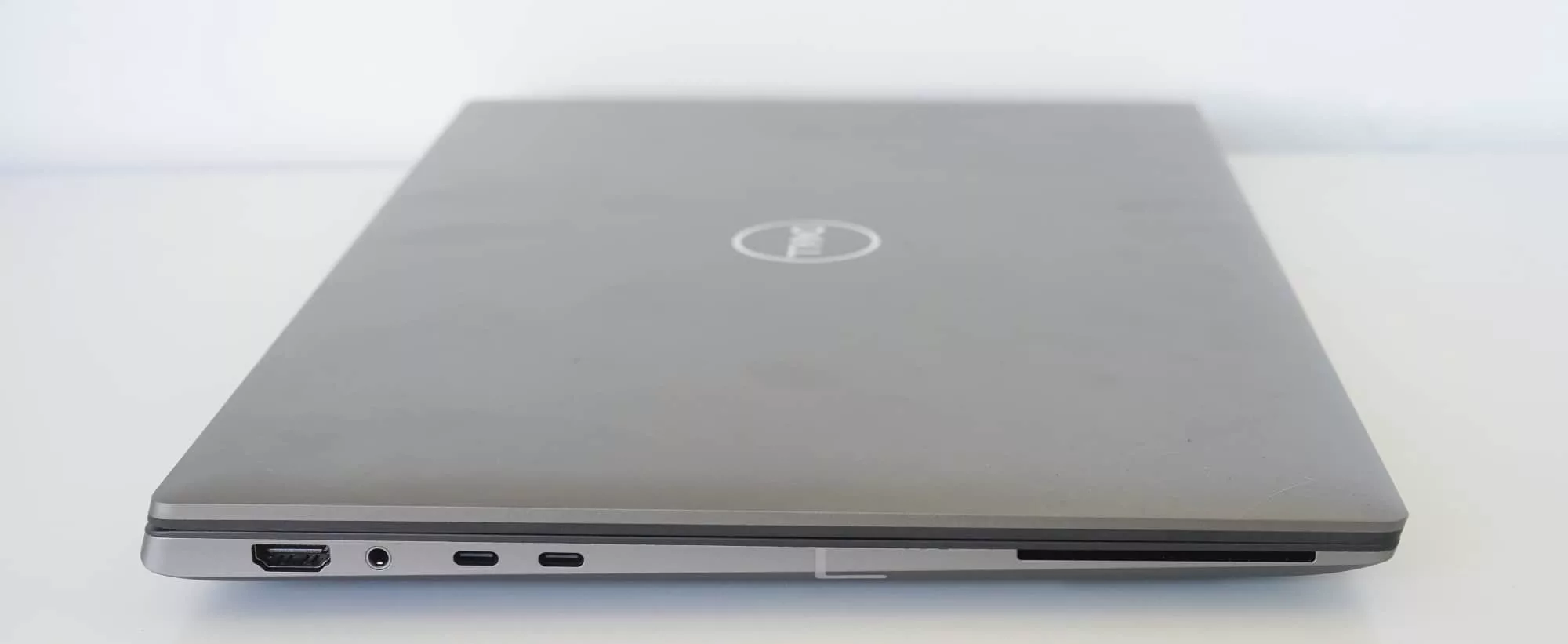
Wireless connections can also be found in this laptop, covering WiFi 7 and Bluetooth, as well as the wired ports found on the laptop.
To that end, there aren’t a heap of ports on the side, with the left offering two Thunderbolt 4/USB-C ports accompanied by an HDMI 2.1 and a 3.5mm headset jack. Meanwhile, the right featured a single USB-C and full size SD card slot.
Our review model also came with a smart card port and a fingerprint sensor, the former of which may be handy for folks in certain industries, but we left it untouched (but regularly touched the fingerprint sensor).
| Model | Dell Precision 5690 |
| Chip | Intel Core Ultra 7 165H vPro |
| RAM/ Storage | 32GB RAM; 1TB |
| Display | 16 inch Full HD 1920×1200 60Hz |
| Graphics | Nvidia RTX 1000 Ada 6GB |
| OS | Windows 11 Pro |
| Connections | WiFi 7, Thunderbolt 4, USB-C, HDMI 2.1, SD card slot, 3.5mm headset |
| Size/ Weight | 22.17mm, 2.03kg |
| Price | Starting from $5203 AUD |
Display
All of this comes with a surprisingly ho-hum screen resolution, with the 16 inch Precision 5690 offering a nice matte display, albeit one that’s set to 1920×1200. To put it simply, that’s basically Full HD in a workstation machine, which like the design is fine.
The bezel is slim enough that it won’t bother you, but the 60Hz refresh rate is positively low-end by comparison for what we expect in modern computers. Dell could have done better here, and a 120Hz display wouldn’t have gone astray.
Mind you, the Precision 5690 can also be configured with a 16 inch 4K OLED touchscreen, but it also runs at 60Hz, so at least Dell is consistent. Our review model lacked the touch, which makes it the base model, so to speak.
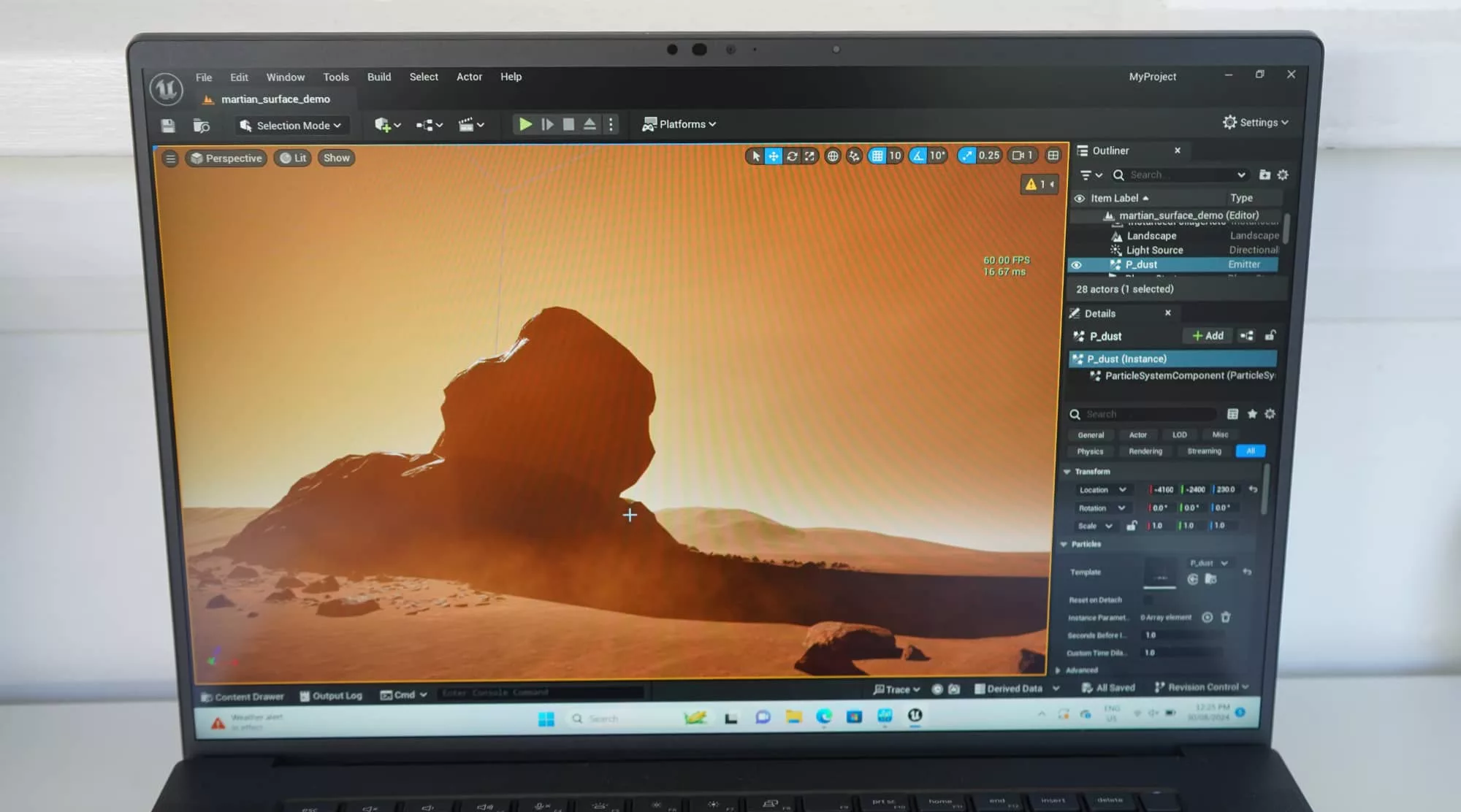
In-use
Without a touchscreen in the base model, your options for actually using the Precision 5690 come down to the basics: the keyboard and trackpad exactly the way you’d expect them to be on a laptop.
The keyboard is fine and a typical Dell keyboard, which means it offers good traction, while the mouse is equally decent, as well.
The lack of a touchscreen isn’t exactly a big deal here; Windows doesn’t really cover touch all that well, and workstation apps aren’t likely to benefit. We spend our time benchmarking and testing workstation PCs (for fun, really) with apps such as Unity, TwinMotion, and Unreal Engine, and neither is built with touch in mind, and the same is true with data science apps.
In short, if the keyboard and mouse are all you need, that’s what you get.
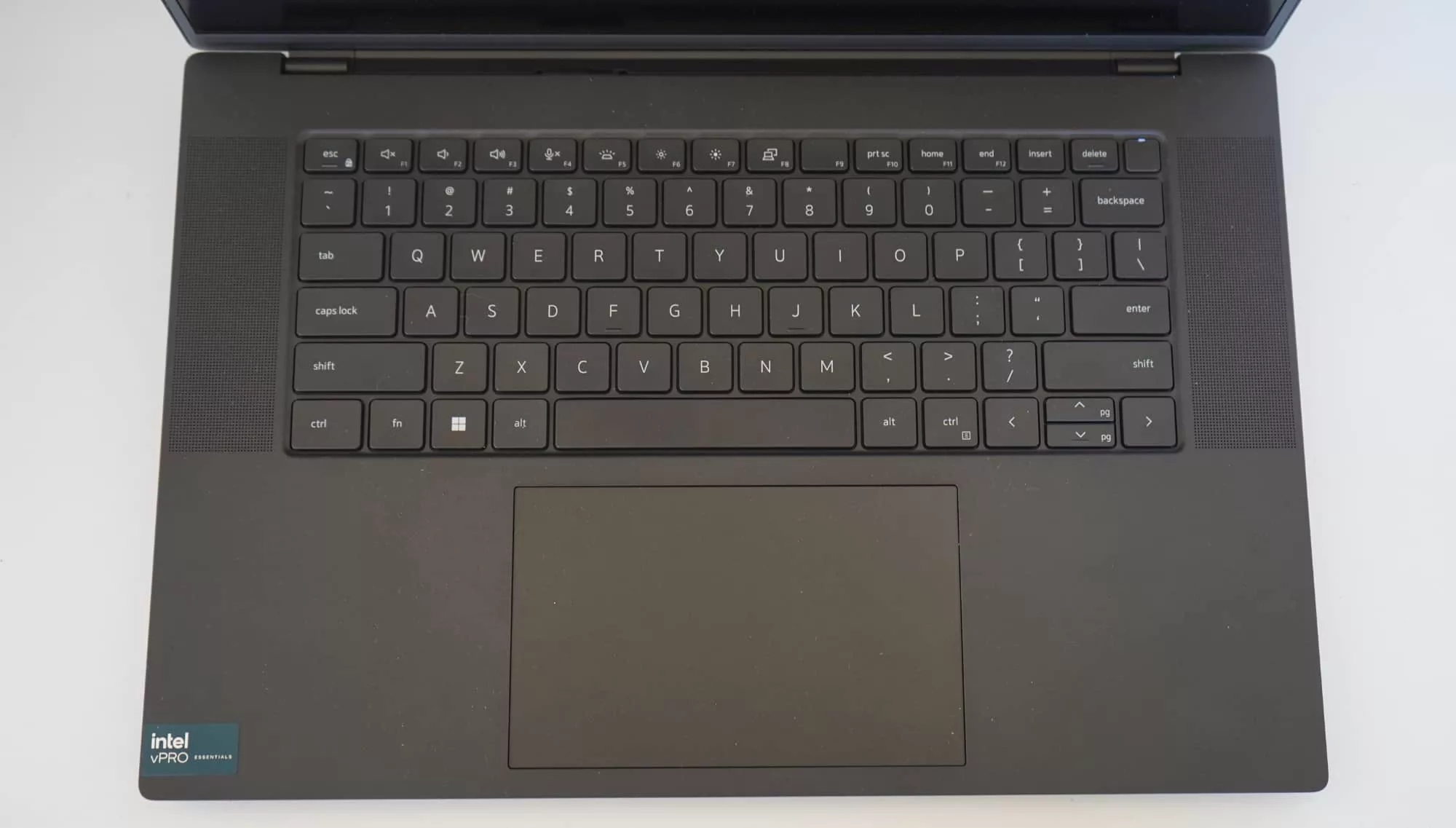
You also get a few ports that’ll be useful, with three Type C connections, a 3.5mm headset jack, and a single HDMI port.
We’d have loved a standard USB-A, the classic rectangular port that is appearing less and less these days. It’s not a deal breaker, but it feels like a feature that should be there.
Performance
We can live without some features, but performance is not one of them. Workstations need a lot of grunt to work on creative projects and armed with a high-end chip and solid 32GB RAM, the Precision 5690 definitely has that.
Testing it with our benchmarks, there’s clearly plenty of performance in this machine, besting some of the PC workstations we’ve seen prior, and even getting close to where some recent gaming systems venture to.
It doesn’t quite get up close to where the current M3 MacBook Pro performs, achieving a performance closer to the M2 equivalents, be it the M2 MacBook Pro or M2 Mac Studio.
This is a high-end system, but it’s not the highest end system around.
One thing of note: the more intense your projects, the more the fan underneath works. Spin up a project file that needs a lot of resources and you’ll hear that fan kick in. This is certainly not a fanless laptop, and the system makes well and truly certain that you can hear it work when it does.
Battery
Armed with a sizeable 6-cell 100Whr battery, you can expect some decent battery life dependent on what you do.
Heavy resource-usage 3D work found our life closer to the three hour mark, thanks in part to projects with too many polygons and triangles to count, while regular productivity saw much more. We found closer between 4 and 7 for regular use, though what determines your “regular” could change that dramatically.
In short, the more power you use from the hefty hardware, the more the battery life will diminish. Fortunately, you have a big battery reserve to work from, as well as a seriously sizeable power supply offering a staggering 165W of power. Yikes.
The power pack is excess for a good reason: there’s a lot of power that needs to be driven by a meaty charger.
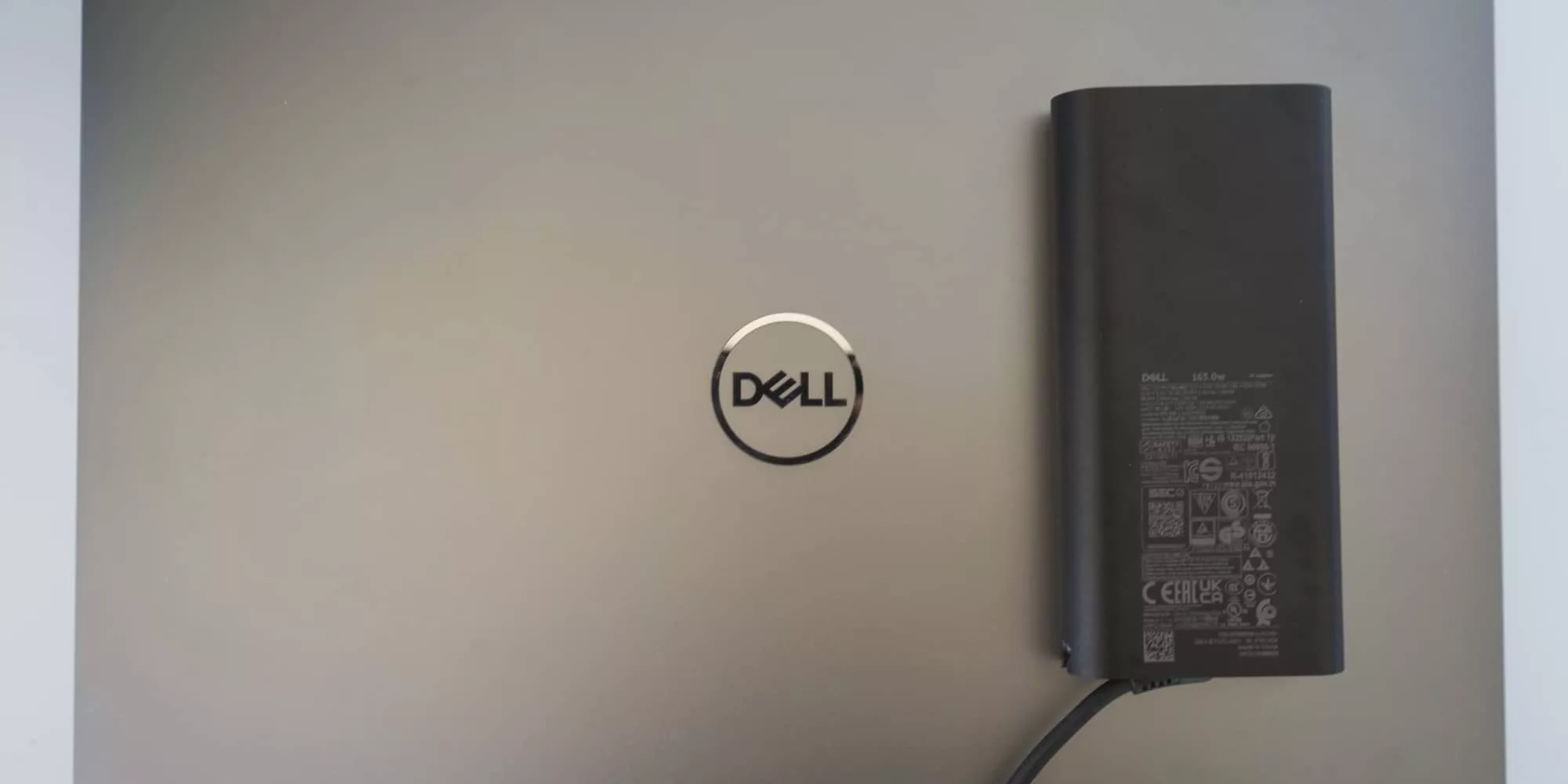
Value
The price, however, is excessive and we’re not sure there is a good reason at all. Or any.
Starting from $5203 in Australia for the model we reviewed — and able to be pushed past the $6K mark with no problems — the Precision 5690 is not affordable at all.
You could easily get a better looking Dell for much less without trying, and the same is true with other brands.
We want to say that what you’re paying for is pretty much the workstation-grade hardware, and specifically the graphics card. We want to say that, but after further research, we can’t in good faith make that point, specifically because of another Dell workstation model, the Precision 3591.
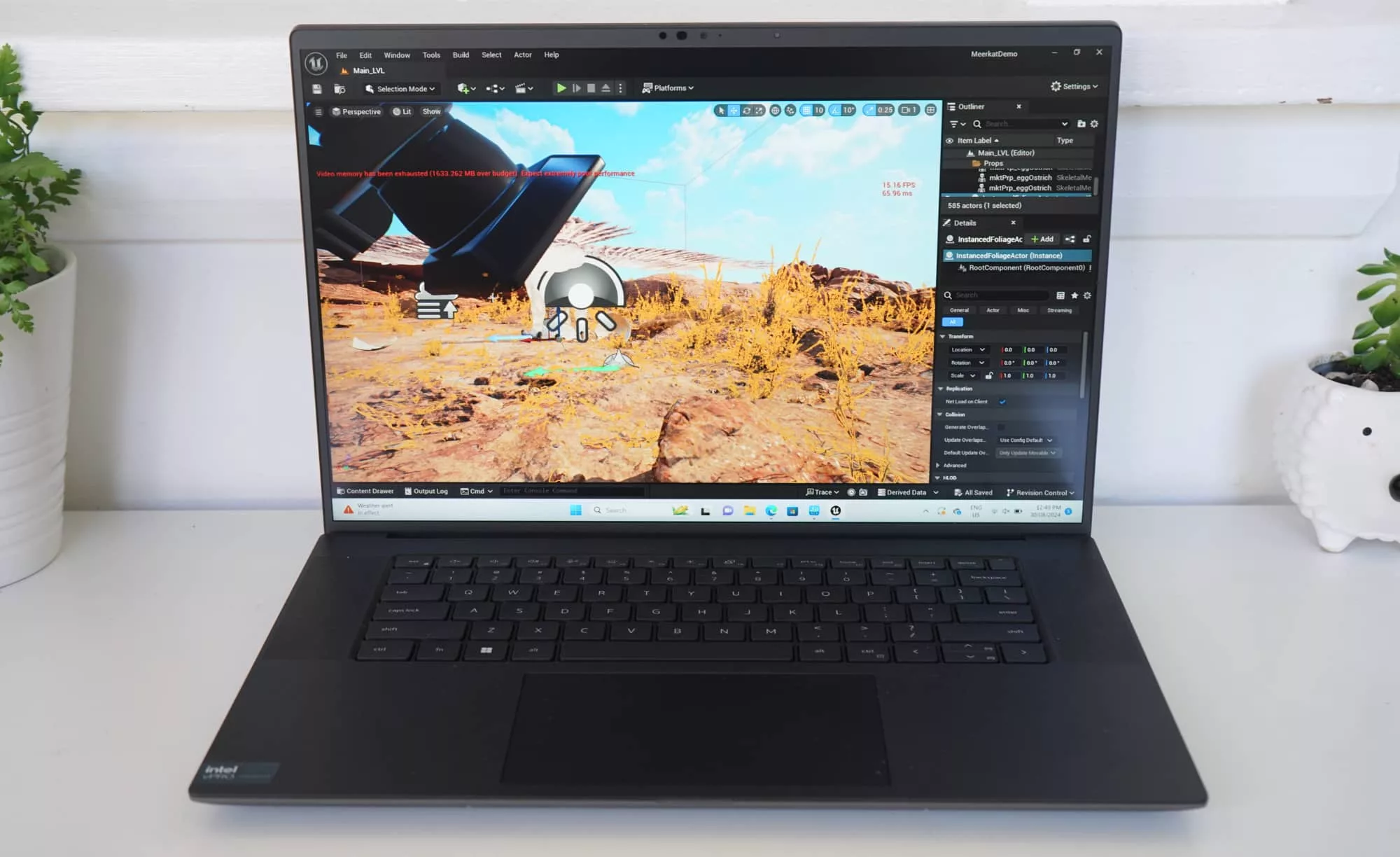
Another recent model, Dell’s Precision 3591 features the same Intel Core Ultra 7 165H chip, the same 32GB RAM, the same 1TB SSD, and even the same Nvidia RTX 1000 Ada with 6GB RAM, but uses a 15.6 inch Full HD screen compared to a 16 inch model. There’s a difference in battery — the 100Whr of the Precision 5690 is clearly bigger than the 64Whr of the Precision 3591 — but the price is also a staggering difference, too.
Priced at $3465 in Australia, there’s a $1700 difference between the 16 inch Precision 5690 and the 15.6 inch Precision 3591. They’re so close in size and spec, but couldn’t be further apart in price.
Dell’s Precision 5690 also happens to include a touchpad with haptics in it alongside that bigger battery, but we’re hard pressed to believe either of those are worth a $1700 difference. That’s just nuts.
It gets worse when you look at the US pricing, which for the same Precision 5690 setup would see a USD price closer to $4200 AUD when converted. That’s a thousand dollar difference for being in Australia. Add a bit of GST and you’re still closer to $4600, which means there’s still a little bit extra you’re being charged.
Frankly, this workstation reads as expensive for the sake of being expensive, and we’re not entirely sure why.
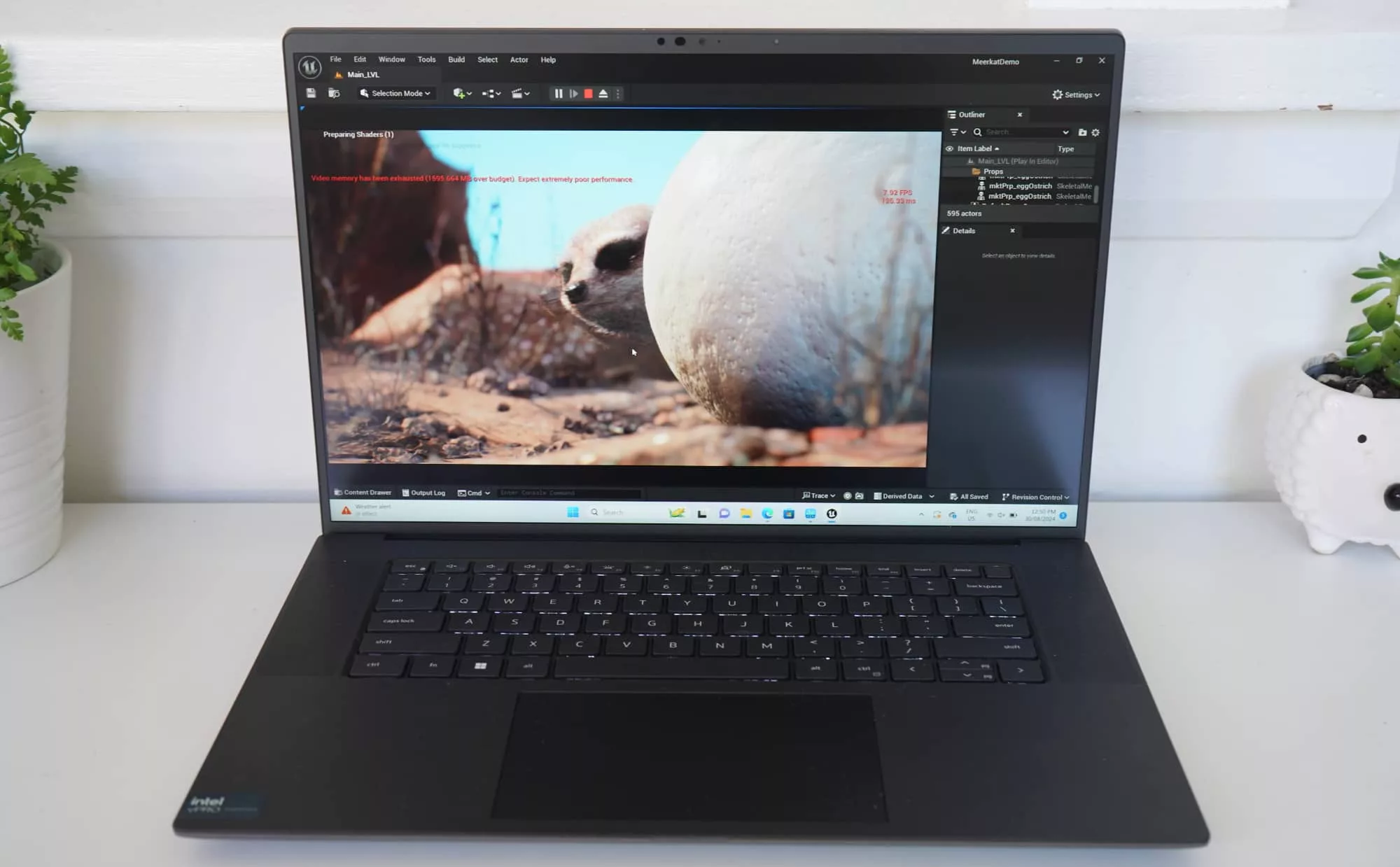
What needs work?
So the price clearly needs some work, but so does the look: for what you’re getting, you should be getting a better looking system altogether.
Made in aluminium and plastic, it lacks the premium finish a machine with this price tag should come with.
You should also get a better screen than simply a 60Hz Full HD display, especially given the obvious competition from Apple packs in the 16 inch MacBook Pro. That obvious competitor sees a 3456×2234 display with a 120Hz adaptive refresh rate, easily better than the meh-tastic 60Hz 1920×1200 Dell screen.
In short, the Precision 5690 is fine, sure, but it’s not a $5K machine, despite Dell’s insistence.
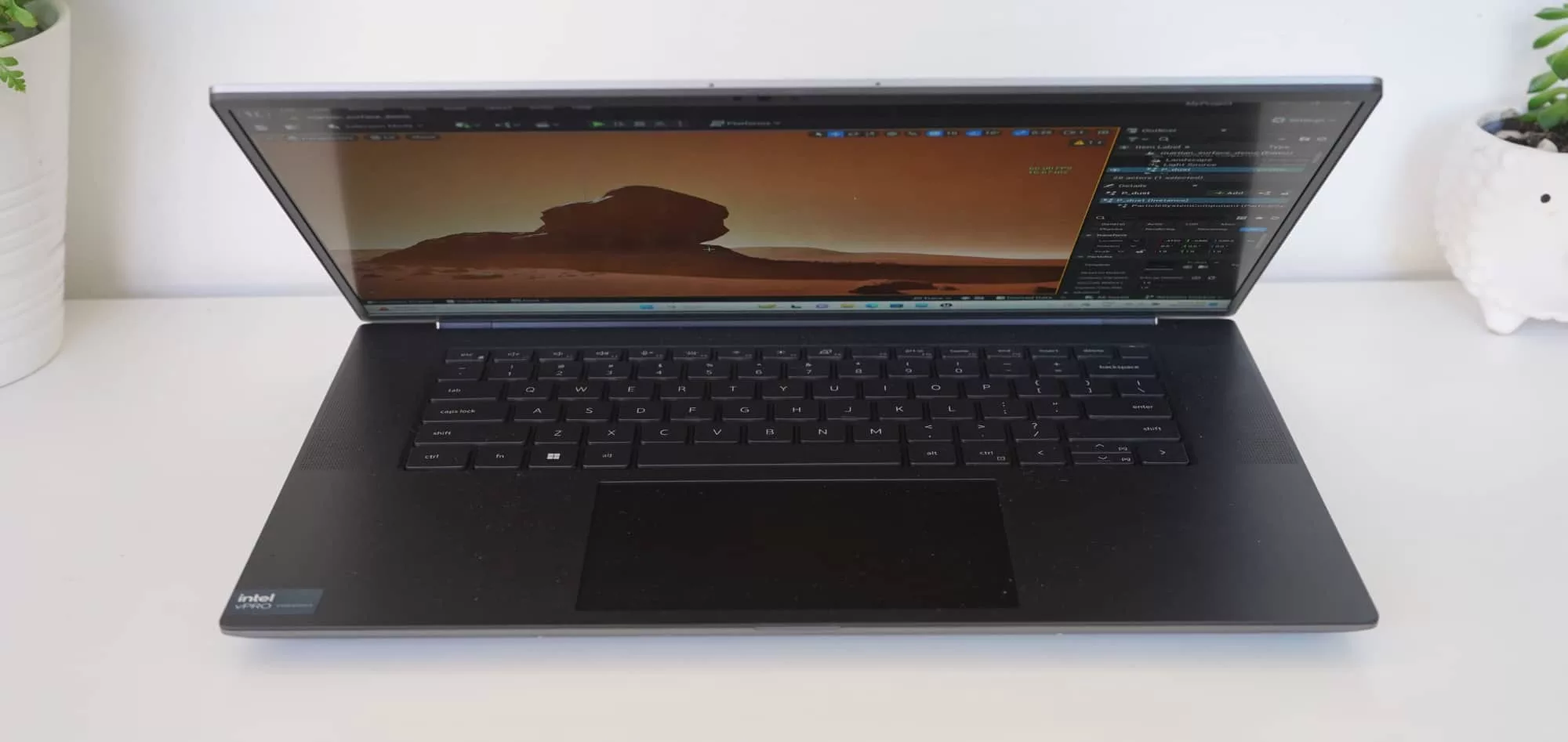
Final thoughts (TLDR)
And that’s the crux of this laptop’s biggest problem: it’s just not worth the tag price.
A thousand bucks lower? We could maybe see it. At this price, we’re just stumped.
There’s no doubting that the Dell Precision 5690 is fast and capable, able to deliver some raw performance for those who need it. Folks who need this level of grunt will be happy. Their wallets won’t, however.
We’d look around or wait for a sale if it even exists in workstation laptops, or even to check out another of Dell’s options with less battery life. If you need the big battery this bad boy offers, we get it, but be prepared: you’re going to pay more than you expect.
